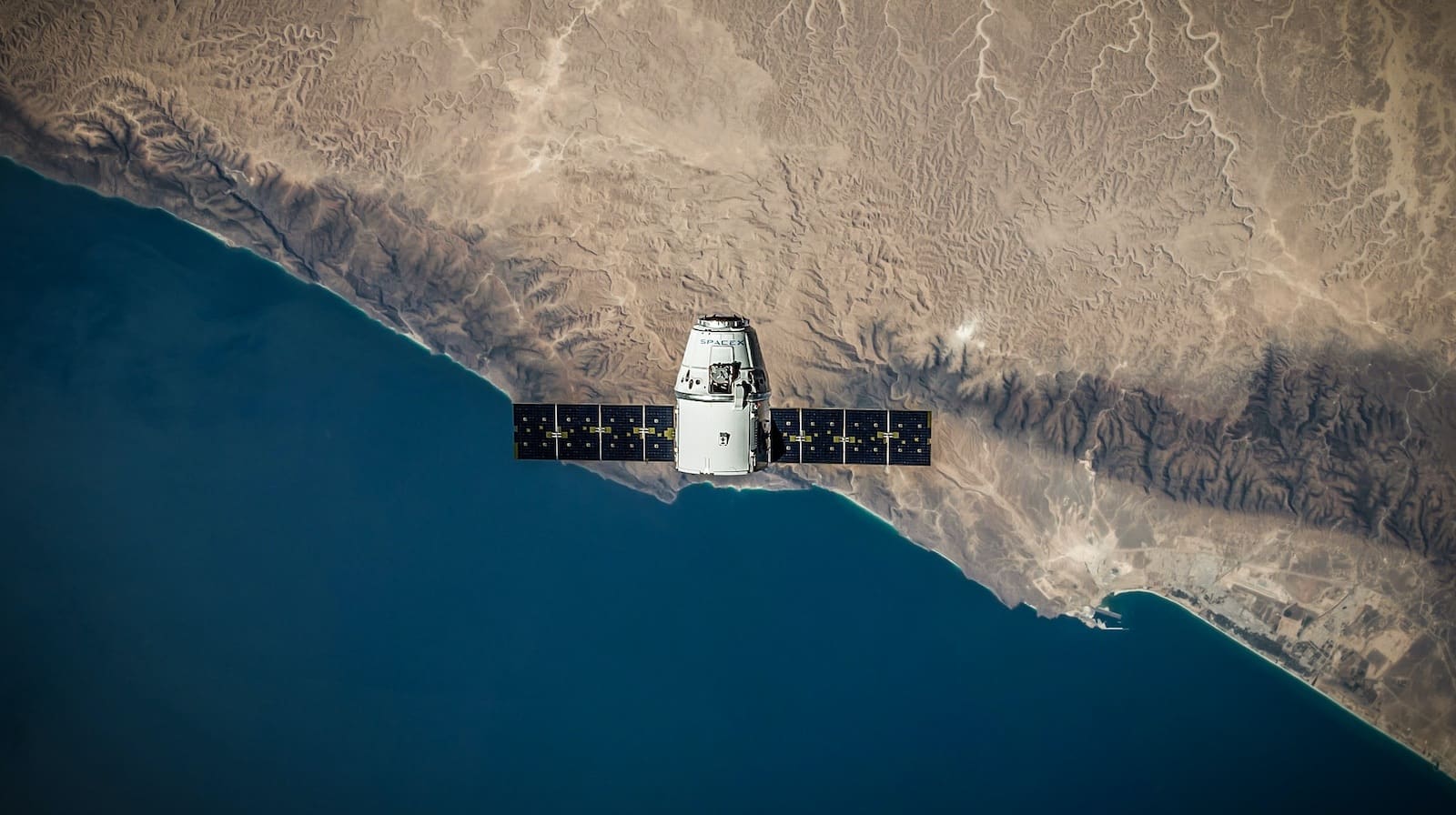In an increasingly connected world, access to the internet has become a fundamental necessity. However, there are remote areas where traditional connection options, such as fiber optic cabling or phone lines, do not reach. This is where satellite internet plays a crucial role, providing global connectivity, even in the most inaccessible places on the planet. But how does this technology work?
The Operation of Satellite Internet
Satellite internet is based on communication between three main components: the satellite in orbit, the ground station (also known as a base station or teleport), and the end user’s receiver. Here we breakdown the process:
Transmitting data: It all starts with a request for internet access (for example, when a user tries to visit a website). This request is transmitted from the user’s device to a parabolic antenna installed at their location, which then sends the signal to the satellite in orbit.
Geostationary Orbit Satellites: The satellites used for the internet are placed in geostationary orbit, meaning they remain fixed in relation to a point on Earth. This allows constant communication with the ground station and the user’s receiver. Once the satellite receives the signal, it redirects it to the ground station.
The Ground Station: The ground station receives the signal from the satellite and connects to the internet through high-speed terrestrial links. The station then processes the data request, such as loading a web page, and sends the relevant information back to the satellite.
Data Reception: The satellite forwards the data to the user’s parabolic antenna, which then transmits the information to the user’s device, allowing them to access the requested information on the internet.
Advantages of Satellite Internet
Global Coverage: The main advantage of satellite internet is its ability to provide connectivity in areas where other forms of internet access are not viable, such as rural or remote areas.
Quick Installation: Unlike cable or fiber optic connections, which require extensive terrestrial infrastructure, satellite internet only needs a parabolic antenna and a modem, facilitating quick installation.
Challenges of Satellite Internet
Latency: Due to the great distance signals have to travel from Earth to the satellite and vice versa, satellite internet may experience higher latency compared to other internet technologies. This can affect performance in time-sensitive applications, such as online gaming or video calls.
Atmospheric Interference: Adverse weather conditions, such as heavy rain or storms, can interfere with the signal, affecting the quality of the connection.
Cost: Satellite technology can be more expensive than other internet options due to the high cost of satellite launch and maintenance.
The Future of Satellite Internet
As we move towards an era of greater connectivity, companies like SpaceX, with its Starlink project, and OneWeb are working to overcome the current challenges of satellite internet. They are launching constellations of low Earth orbit (LEO) satellites, which promise to significantly reduce latency and improve speed and reliability of the connection, making it competitive with broadband terrestrial connections.
In summary, satellite internet represents a vital solution for global connectivity, especially in areas underserved by traditional communication infrastructures. Despite its challenges, technological advances continue to expand its capabilities and accessibility, promising a future where internet access is available to everyone, anywhere in the world.

